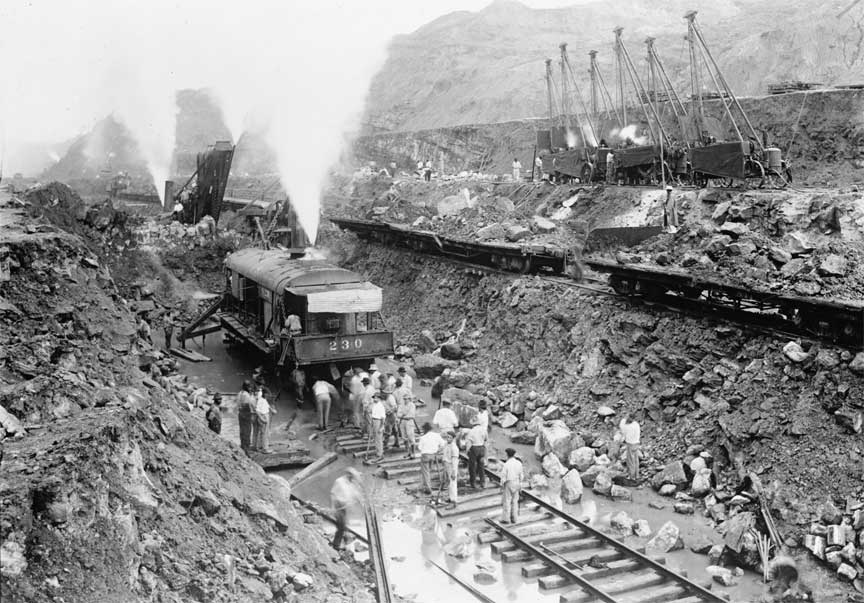The Panama Canal

The United States immediately recognized a new regime in Panama. The regime broke away from Columbia after Columbia rejected the Hays-Herran Agreement for building a canal. Immediately upon recognition, the United States began negotiating for rights to build a canal across the isthmus. It received those rights and construction began.
.
The need to build a canal between the Pacific and Atlantic Oceans was underscored during the Spanish-American War when the United States was forced to transfer naval vessels between the two waterways by going all the way around South America. Initially, the United States was barred from single-handedly building a canal by the Clayton Bulwer Treaty with Great Britain. In 1901, however, the United States and Great Britain had signed the Hay-Paunefote Treaty, which gave the United States the right to build a canal.
After a debate on whether to build the canal in Nicaragua or Panama, Panama was chosen. The US entered negotiations with the Colombian government, which resulted in a treaty that ceded a 6-mile wide strip of the Isthmus of Panama to the United States for $10 million and $250,000 a year. Nevertheless, the Colombian Senate refused to approve the treaty.
Within a short time, Panamanians revolted against the Colombians. When Colombian troops tried to intervene, the United States Navy prevented their intervention. Within 15 days, the United States signed an agreement with the Panamanian government, almost identical to the one with the Colombians. This time, the United States received a strip of land 10 miles wide. Construction of the canal began almost immediately.
 >
>